|
View as a webpage
|

San Joaquin River Gorge, Bakersfield Field Office
Happy 31st birthday to the Americans with Disabilities Act! To celebrate we wanted to share some amazing public lands experiences from a couple of travel experts who share a love of visiting public lands, photography, and being disability advocates. (DOI Blog)
|
|
ISSUE 961- July 30, 2021
|
|
|
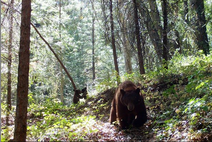
Can you bear the cuteness?
This is unbearably cute! 🐻 Your public lands truly are wild.....You just never know what you'll run into on the trail! A local trail camera along Central California's South Fork of the Mokelumne River captured this black bear sow and her two cubs playing. (BLM Instagram)
|
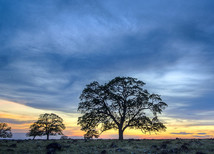
Talented photographer, Bob Wick, retiring
Bob has been responsible for some of the most iconic photos of BLM managed #yourpubliclands. Hear in his own words some of Bob's favorite moments and photos over the course of his 30-year career. We love you Robert Wick, you will be missed. (BLM Facebook)
|
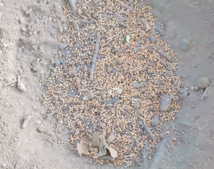
A rare, but spectacular sight to see -- jumping oak galls!
Jumping oak galls form when female cynipid wasps lay their eggs in the tissue of an oak tree's leaf. The gall structure then forms around the egg and completely envelopes the larvae. With the larvae still inside, the galls drop from the leaves of the tree and begin "jumping" around on the ground. The jumping is a result of the larvae inside moving, getting ready to emerge from the gall. Watch this video to see jumping oak galls along the River Walk Trail at the Preserve! (Cosumnes River Preserve Facebook)
|

Backpacking for Beginners
I’m here to debunk the myth that backpacking requires a lot of outdoor experience and skill. When I went on my first backpacking trip, my outdoor recreation experience was limited to car camping and casual bike riding. I HATED hiking and was really intimidated by what I knew of the “outdoorsy” lifestyle. I never considered myself a particularly physically fit person, and I also love the comfort of my own home, so the idea of backpacking always seemed like something distant and frankly, terrifying. (LNT Blog)
|
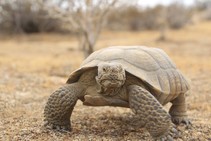
California Desert District Advisory Council to hold virtual meeting
The Bureau of Land Management California Desert District Desert Advisory Council (DAC) will hold a virtual Zoom meeting on Saturday, Aug. 7, from 9 a.m. to 4:30 p.m., demonstrating partnerships and public input are necessary for managing sustainable, working public lands. (BLM CA News Release)
|

Public land mining claim fees and waivers due Sept.1
The Bureau of Land Management reminds claimants who wish to retain mining claims on public lands through the 2022 assessment year to pay a maintenance fee or file a Maintenance Fee Waiver Certification on or before Wednesday, Sept. 1, 2021, to prevent the mining claim from being declared forfeit and void. (BLM CA News Release)
|

Playing with fire: Recreating safely with invasives in sagebrush country
The sagebrush sea is a treasure trove of recreational activities. Yet, this place is facing huge threats of invasive annual grasses that easily carry wildfire and human activities account for 80 percent of fire ignitions. Check out this video “Playing with Fire” to hear from people who love to recreate in sagebrush country and how to NOT spread weeds and fire when doing so. (BLM Facebook)
|
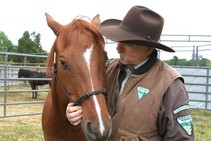
The BLM Announces Additional Protective Steps for Wild Horse and Burro Adoptions
Today we announced additional steps we're taking to secure the health and safety of wild horses and burros adopted through the Adoption Incentive Program. Read more here. Find more details on the pending changes to the AIP. (BLM WHB Program Twitter)
|
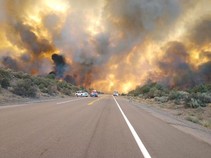
Updates: Tamarack Fire
Here are online resources with information about the Tamarack Fire: Inciweb, the Facebook page set up by the fire's incident command team, Humboldt Toiyabe National Forest on Facebook and Twitter, the Great Basin Coordination Center on Twitter, and the Lyon County Sheriff's Office on Facebook. Residents can sign up for evacuation notifications on the homepage of the Alpine County Sheriff’s Office, with Douglas County's reverse 911 system, and Lyon County's CodeRED system. (kunr.org)
|

Thank you US National Guard for supporting the Fire fighting Resources on the many active wildfires across the West
Aircrews w/ the @NVNationalGuard have been flying CH-47 Chinook helicopters while battling the Dixie Fire in Northern California. The skills honed by the ANRG's primary mission - supporting the war fight - transfer directly to our ability to respond to emergencies at home. (@ARNGDirector Twitter)
|
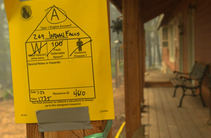
Thousands flee California wildfires
Wildfires in the U.S. so far this year have burned an area bigger than Delaware and Rhode Island combined. As the flames from the Dixie Fire burn out of control, authorities issued evacuation orders. But while many of the more than 16,000 under these orders have left, others like Jason Ackley are choosing to stay. (kobi5.com)
|
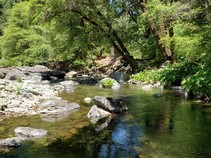
BLM increases fire restrictions at Forks of Butte due to drought and wildfire danger
Due to ongoing drought and increasing wildfire dangers, the Bureau of Land Management is prohibiting campfires and barbecues at the Forks of Butte Primitive Campground near Magalia in Butte County. The restriction will be in effect from Saturday, July 31, until further notice. (BLM CA News Release)
|
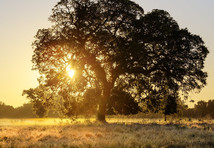
BLM California fire restrictions
BLM California fire restrictions or temporary public land closures reduce the risk of wildfires and protect the public. Often times, these preventative measures focus on human-related activities, such as campfires, off-road driving, equipment use and recreational target shooting, since human-related activities are the number one cause of a wildfires. Many BLM California offices have issued seasonal fire restrictions. (BLM CA Web)
|
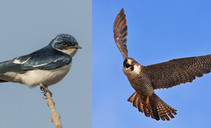
What is the fastest bird in the world?
Keep scrolling to find out!
|
|
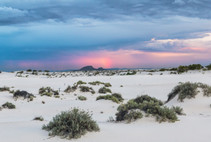
Secretary Haaland Highlights Conservation Efforts, Investments in Rural and Tribal Communities during Colorado Visit
Secretary Haaland discussed the Department of the Interior’s support for rural and Tribal communities as the nation transitions to a robust, sustainable clean energy future. (DOI News Release)
|
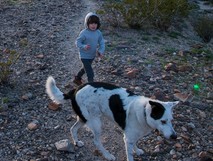
Dogs are welcome in most Bureau of Land Management public lands
Your pup will love the opportunity to frolic in nature. If you do bring your dog, please check the trail website or call the local BLM office for specific leash policies. Also, please Leave No Trace: Stay on established paths and properly dispose of your trash and human/dog waste. Keep your dog in control to protect your pet, other visitors, their pets, and local wildlife. (BLM Facebook)
|

This Week at Interior July 30, 2021
Secretary Haaland welcomes the Red Road Totem Pole to the Nation’s Capital; talk of drought, wildfires, water shortages, and economic opportunities during a visit to Colorado; testimony on Capitol Hill in support of the Biden-Harris administration's proposed Fiscal Year 2022 budget; and the spectacular scenery of Colorado's Alpine Loop shines in our social media Picture of the Week!. (DOI Video)
|
|
Question of the Week Answer
Answer: The Peregrine falcon is the fastest bird – and in fact the fastest animal on Earth – when in a dive. As it executes this dive, the Peregrine falcon soars to a great height, then dives steeply at speeds of over 200 miles (320 km) per hour.

Peregrine falcons live mostly along mountain
ranges, river valleys, and coastlines. Historically, they were most common in parts of the Appalachian Mountains and nearby valleys from New England south to Georgia, the upper Mississippi River Valley, and the Rocky Mountains. Peregrines also inhabited Pacific Coast from Mexico north to Alaska and in the Arctic tundra. The peregrine falcon also is found in other parts of the world. Most peregrines from northern Alaska, Canada, and Greenland migrate in the fall to Central and South America. On the way, they often hunt along the barrier islands on the Atlantic and Gulf of Mexico.
In 1970, the American and Arctic peregrine falcon subspecies were listed as endangered under the Endangered Species Conservation Act of 1969 (the law preceding the Endangered Species Act of 1973), reflecting their critical biological status.
Sources: FWS.gov EarthSky.org
|
|
|
|
News.Bytes is a publication of the Bureau of Land Management in California.
Bureau of Land Management
California State Office
2800 Cottage Way, Suite W1623
Sacramento, CA 95825
(916) 978-4600
Send comments to the News.Bytes Team | Subscribe to News.Bytes | Unsubscribe
|
     
|
|
|